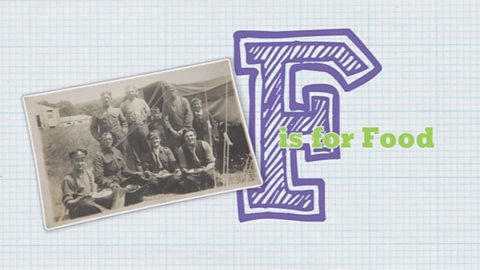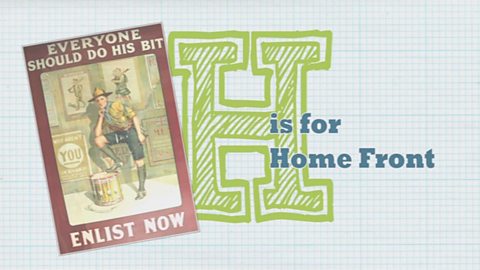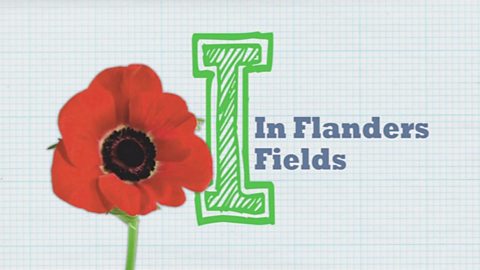Video summary
In this clip school pupils handle a British gas mask from the World War One period and describe its use in a gas attack.
Newsreels of the period show soldiers using gas masks in training and at the front.
The pupils describe the devastating effects of the various types of gas used.
In a dramatic monologue, a British officer reads an extract from the poem βDulce et Decorum Estβ by Wilfred Owen, which describes a gas attack.
This clip is from the series WW1 A to Z.
Teacher Notes
Pupils could prepare and read aloud further extracts from Wilfred Owenβs βDulce et Decorum Estβ.
You could discuss with the class the meaning of individual lines of the poem.
Together, write a summary of what takes place.
Challenge pupils to choose five key words from the poem that sum up Owenβs feelings about the gas.
This short film is suitable for teaching history at Key Stage 2 / Second Level or above.
F is for Food. video
Newsreel, commentary and a monologue from an army chef in his field kitchen illustrate what soldiers in the WW1 trenches were given to eat.

H is for ΒιΆΉΤΌΕΔ Front. video
Newsreel and a dramatic monologue illustrate life on the ΒιΆΉΤΌΕΔ Front in Britain during WW1.

I is for In Flanders Fields. video
Newsreel, photographs and commentary introduce the Canadia Lieutenant Colonel John McCrae, who wrote the famous poem 'In Flanders Fields'.
